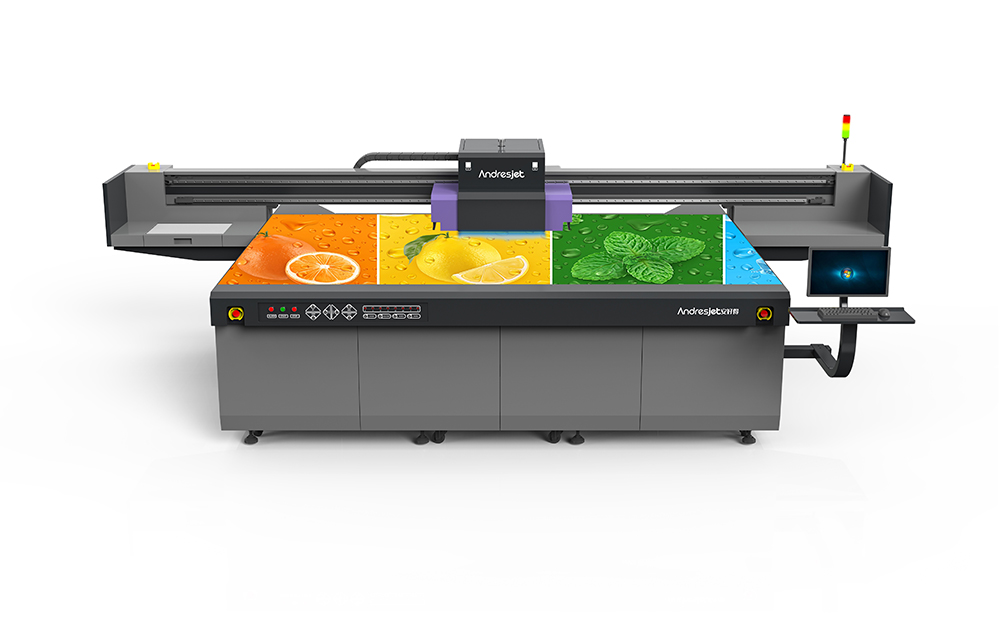Technical Challenges in Printing on Transparent Materials with a UV Flatbed Printer
Technical Challenges in Printing on Transparent Materials with a UV Flatbed Printer
Printing on transparent materials using a UV flatbed printer presents a unique set of challenges that require careful consideration and specialized techniques. UV flatbed printers, known for their ability to print directly onto various substrates, including rigid and flexible materials, offer high-quality prints with vibrant colors and excellent durability. However, when it comes to transparent materials, several technical challenges arise due to the material’s unique properties and the printing process itself. This article explores these challenges and discusses potential solutions to achieve optimal print quality on transparent surfaces.

Understanding Transparent Materials
Transparent materials, such as glass, acrylic, polycarbonate, and certain types of plastics, allow light to pass through them without significant diffusion or absorption. This characteristic makes them visually appealing for applications in signage, displays, architectural elements, and product packaging. However, their transparency also poses specific challenges during the printing process, particularly when using UV flatbed printers.
Challenge 1: Ink Adhesion
One of the primary challenges in printing on transparent materials is ensuring proper ink adhesion. UV-curable inks, commonly used in flatbed printers, cure when exposed to ultraviolet light, forming a durable and scratch-resistant finish. However, transparent materials often have low surface energy, which can hinder ink adhesion. This can result in poor print quality, including ink bleeding, smearing, or even complete ink rejection.
Solution: To enhance ink adhesion, pre-treatment of the transparent material’s surface is crucial. This may involve using adhesion promoters or primers specifically designed for UV inks. These products create a micro-layer on the surface, increasing its surface energy and providing a better foundation for the ink to bond. Additionally, selecting the appropriate ink formulation for transparent substrates can significantly improve adhesion.
Challenge 2: Ink Transparency and Color Intensity
Another challenge is managing ink transparency and color intensity. Transparent materials can alter the appearance of printed colors, often resulting in muted tones or unintended color shifts. UV inks, while vibrant, can lose their intensity when printed onto transparent substrates, especially when viewed from different angles or under varying lighting conditions.
Solution: Achieving the desired color intensity and consistency requires careful color management. This includes using ink profiles specifically calibrated for transparent materials and adjusting print settings to optimize ink laydown and curing parameters. In some cases, applying a white undercoat before printing colored inks can help enhance color vibrancy and opacity.
Challenge 3: Ink Curing and Surface Temperature
UV flatbed printers cure ink instantly through exposure to UV light. However, transparent materials can heat up rapidly during the curing process due to their ability to transmit light. This heat buildup can lead to ink overheating, causing it to crack, bubble, or lose adhesion.
Solution: Managing surface temperature is crucial. This can be achieved by adjusting the printer’s UV lamp intensity, increasing the distance between the lamps and the material, or incorporating cooling mechanisms into the printing process. Additionally, using inks formulated to cure efficiently at lower temperatures can help mitigate these issues.
Challenge 4: Print Registration and Material Handling
Transparent materials, especially thin sheets, can be more prone to warping, bending, or slipping during the printing process. This can lead to misaligned prints, registration errors, and overall print quality issues.
Solution: Ensuring proper material handling and print registration is essential. This may involve using specialized fixtures or vacuum tables to securely hold the material in place. Adjusting the printer’s feed and registration systems to accommodate the unique properties of transparent materials can also help maintain print accuracy.
Challenge 5: Post-Printing Durability
Even after successful printing and curing, the durability of prints on transparent materials can be a concern. Exposure to sunlight, temperature changes, and environmental factors can cause inks to degrade, fade, or crack over time.
Solution: Selecting UV inks with high resistance to UV degradation and weathering is crucial. Additionally, applying a protective overcoat can enhance the print’s durability and lifespan. Regular cleaning and maintenance of the printed surface can also help preserve its appearance.
Conclusion
Printing on transparent materials with a UV flatbed printer presents a unique set of technical challenges, primarily related to ink adhesion, color management, curing temperatures, print registration, and post-printing durability. However, by understanding these challenges and implementing appropriate solutions, such as surface pre-treatment, color management strategies, temperature control, proper material handling, and using high-quality inks and protective coatings, it is possible to achieve exceptional print quality on transparent substrates. As technology continues to advance, so too will the capabilities of UV flatbed printers, further expanding the possibilities for printing on transparent materials and pushing the boundaries of creative applications.
